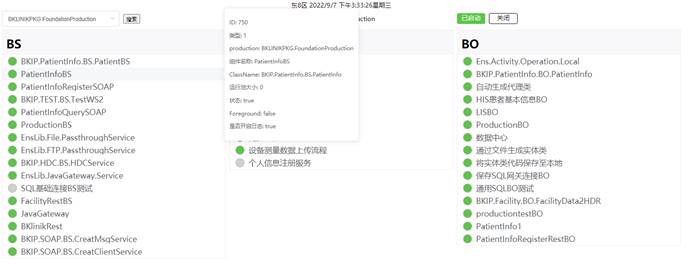Cache tricks
Several years ago, long before Developer Community Portal was launched, I published a series of Caché tricks at one of Czech web sites. In this article, I’m posting translated version of one of them.
Capturing output of someone else’s methods or routines
Suppose you, or someone else created a useful method or routine, that was producing some computation that you’d like to benefit from, but the routine was writing output to process principal device.
You would like to use the data, but you need it not written to a device, but assigned to a variable. And, for any reason, you can’t modify the code. What can you do?

